Dcnr Buckhorn Primitive Camping Area Camping Area
Rate this placeLast Updated: December 25, 2025
Located in the heart of New York's Finger Lakes region, the Buckhorn Primitive Camping Area is a hidden gem within the vast network of state parks and recreation areas managed by the Department of Conservation and Natural Resources (DCNR).
°F
°F
mph
Wind
%
Humidity
Summary
Surrounded by rolling hills, pristine forests, and sparkling lakes, the Buckhorn Primitive Camping Area offers visitors an unparalleled opportunity to experience the beauty and tranquility of nature in a rustic, back-to-basics setting. The campground is situated within the larger Buckhorn State Forest, which covers over 6,000 acres and is home to a wide variety of wildlife, including deer, turkey, and black bear.
One of the main attractions of the Buckhorn Primitive Camping Area is its proximity to several popular points of interest, including the nearby Keuka Lake State Park, which boasts over 1,000 acres of scenic lakeshore and hiking trails. Other nearby attractions include the Watkins Glen State Park, a popular destination for hiking and scenic views of waterfalls and gorges, and the Corning Museum of Glass, which showcases the history and art of glassmaking.
The campground itself offers a range of amenities for visitors, including picnic tables, fire rings, and vault toilets. However, there is no potable water or electricity available, and visitors are advised to bring their own drinking water and firewood. The area is also known for its excellent fishing opportunities, with several nearby streams and lakes stocked with trout and other species.
Interesting facts about the Buckhorn State Forest include its history as a former logging and farming community, with many of the old logging roads and structures still visible throughout the area. Additionally, the forest is home to several rare and endangered plant species, including the American ginseng and the eastern hemlock.
The best time of year to visit the Buckhorn Primitive Camping Area is during the summer months, when the average temperatures range from the mid-60s to low 80s Fahrenheit. However, visitors should be prepared for occasional rain and thunderstorms, particularly during the peak summer months of July and August.
Nearby Campgrounds
Weather Forecast
Nearby Streamflow Levels
Camping Essential Practices
Take all trash, food scraps, and gear back with you to keep campsites clean and protect wildlife.
Respect Wildlife
Observe animals from a distance, store food securely, and never feed wildlife to maintain natural behavior and safety.
Know Before You Go
Check weather, fire restrictions, trail conditions, and permit requirements to ensure a safe and well-planned trip.
Minimize Campfire Impact
Use established fire rings, keep fires small, fully extinguish them, or opt for a camp stove when fires are restricted.
Leave What You Find
Preserve natural and cultural features by avoiding removal of plants, rocks, artifacts, or other elements of the environment.
Related Links
Nearby Snowpack Depths
|
PORT JERVIS
|
0" |
|
VERNON TWP 2.7 SSE
|
0" |
|
HIGHLAND LAKES 1SW
|
0" |
|
CANADENSIS
|
0" |
|
CALLICOON CENTER
|
0" |
|
GREENWOOD LAKE 3.0 SW
|
0" |

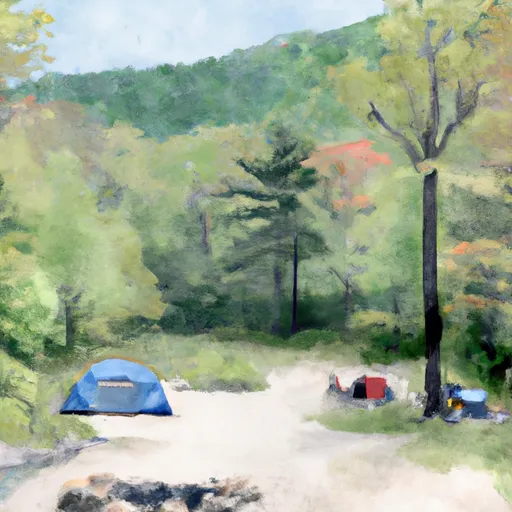 DCNR Buckhorn Primitive Camping Area
DCNR Buckhorn Primitive Camping Area
 Jerry's Three River Canoe/Campground
Jerry's Three River Canoe/Campground
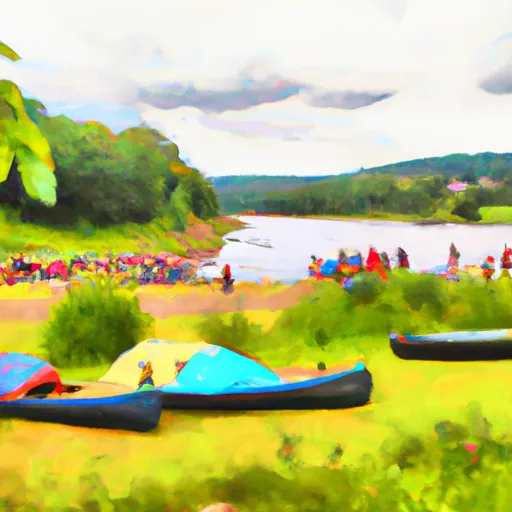 Kittatinny Canoes - River Beach Campsites
Kittatinny Canoes - River Beach Campsites
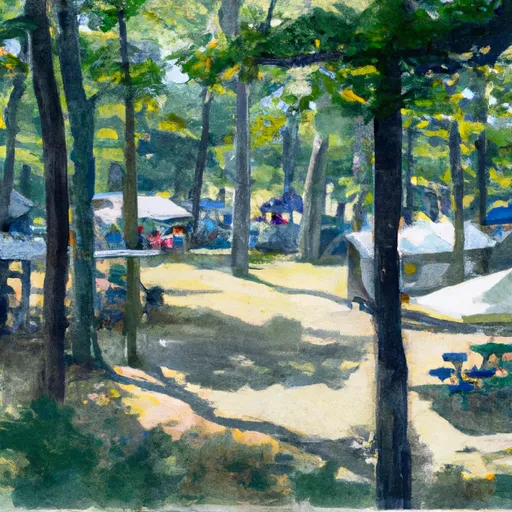 Camp Nah-Jee-Wah
Camp Nah-Jee-Wah
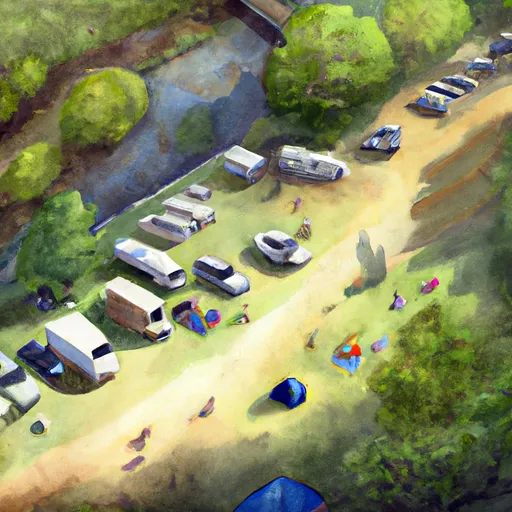 Cedar Rapids Campground
Cedar Rapids Campground
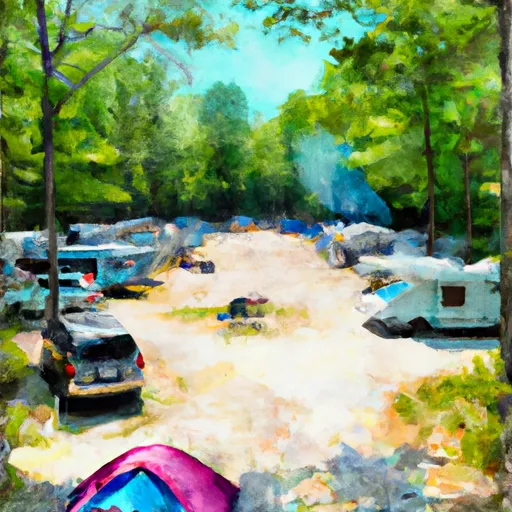 Kittatinny Campground
Kittatinny Campground
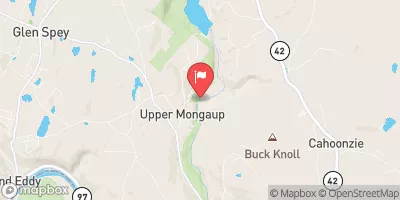
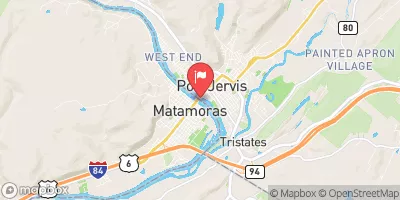
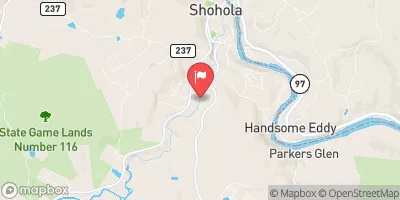
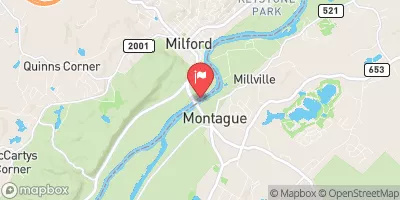
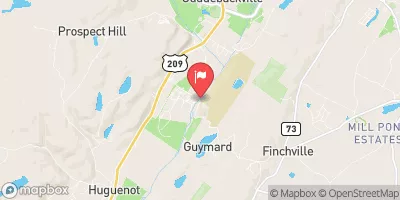
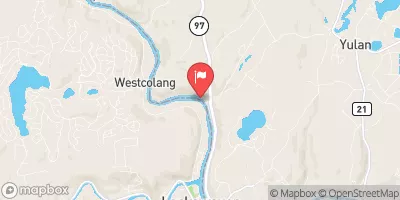
 Matamoras
Matamoras
 State Game Lands 209
State Game Lands 209
 Elks-Brox Memorial Park
Elks-Brox Memorial Park
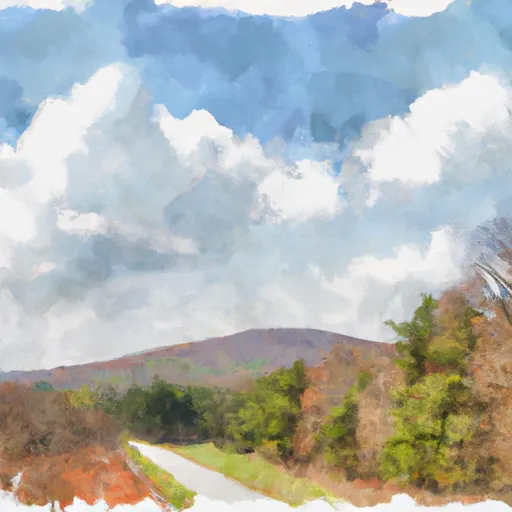 State Game Lands 116
State Game Lands 116
 D and H Canal Restoration Park
D and H Canal Restoration Park
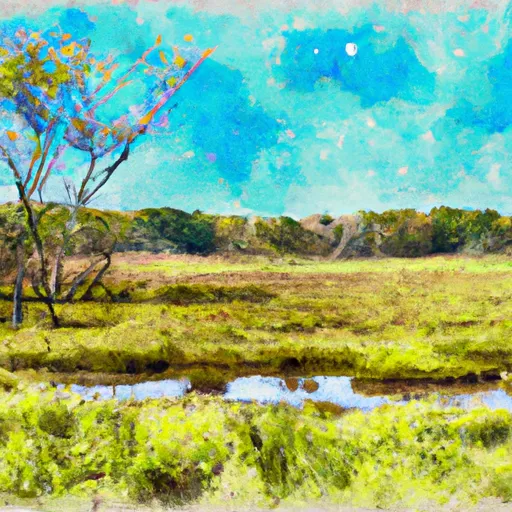 Hainesville State Conservation Area
Hainesville State Conservation Area